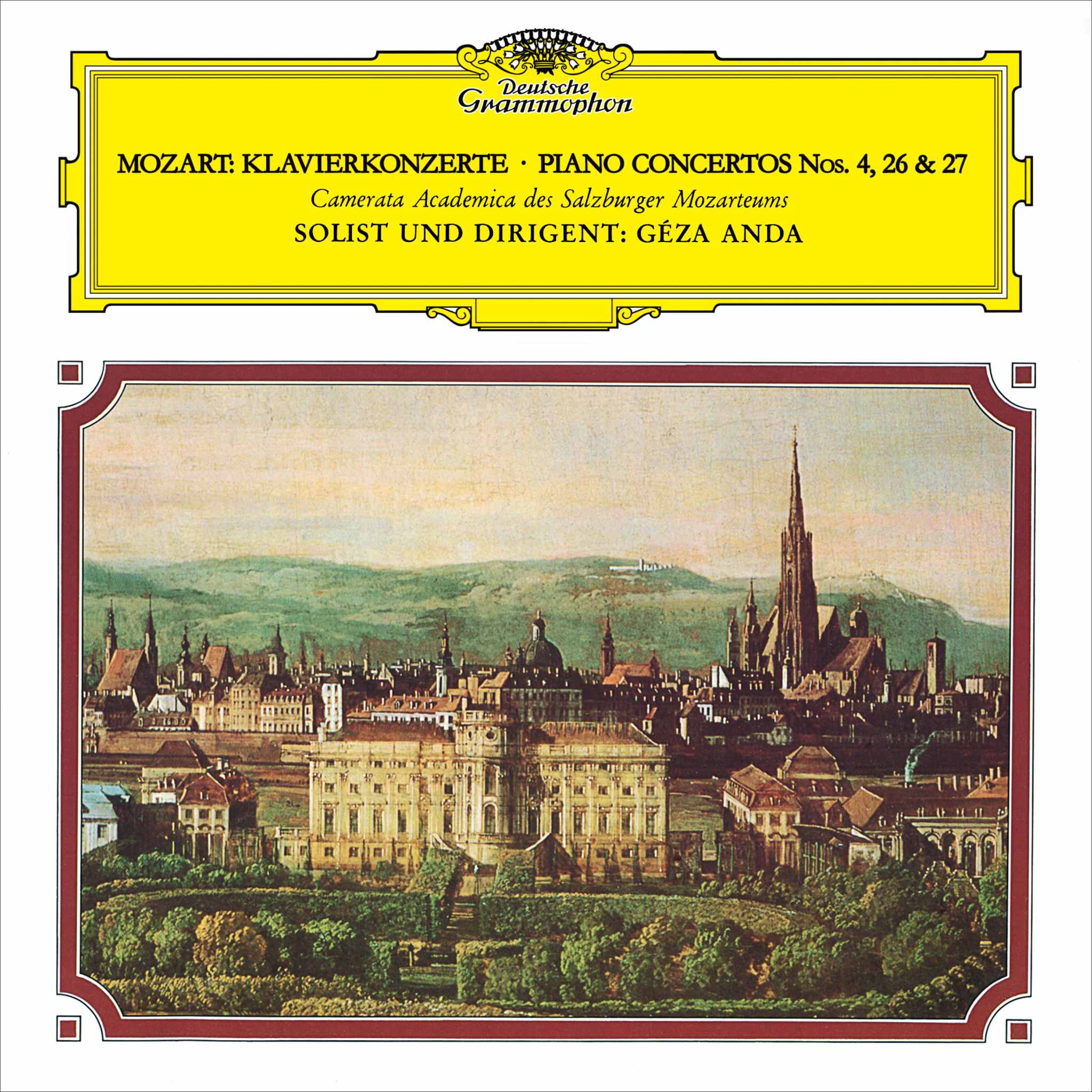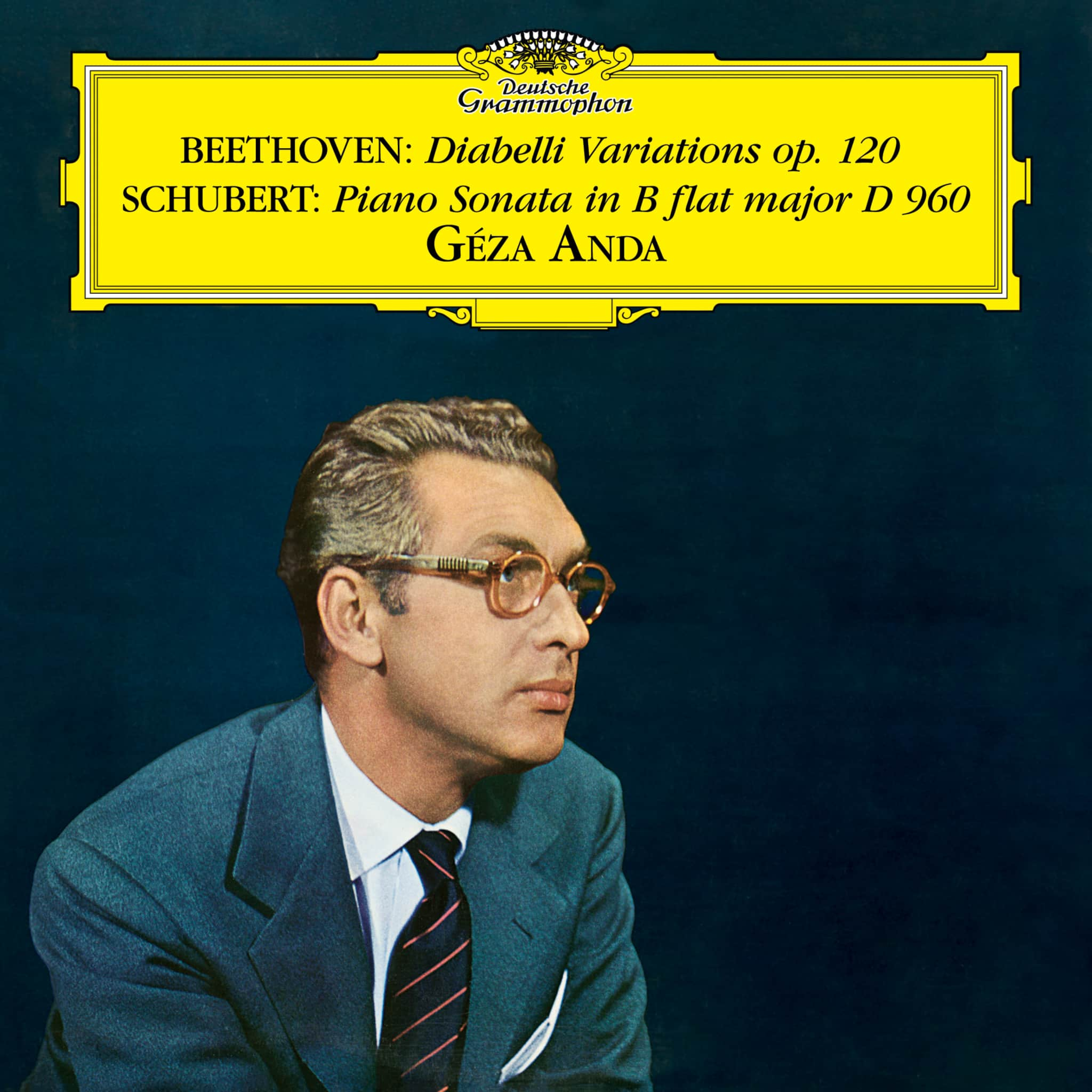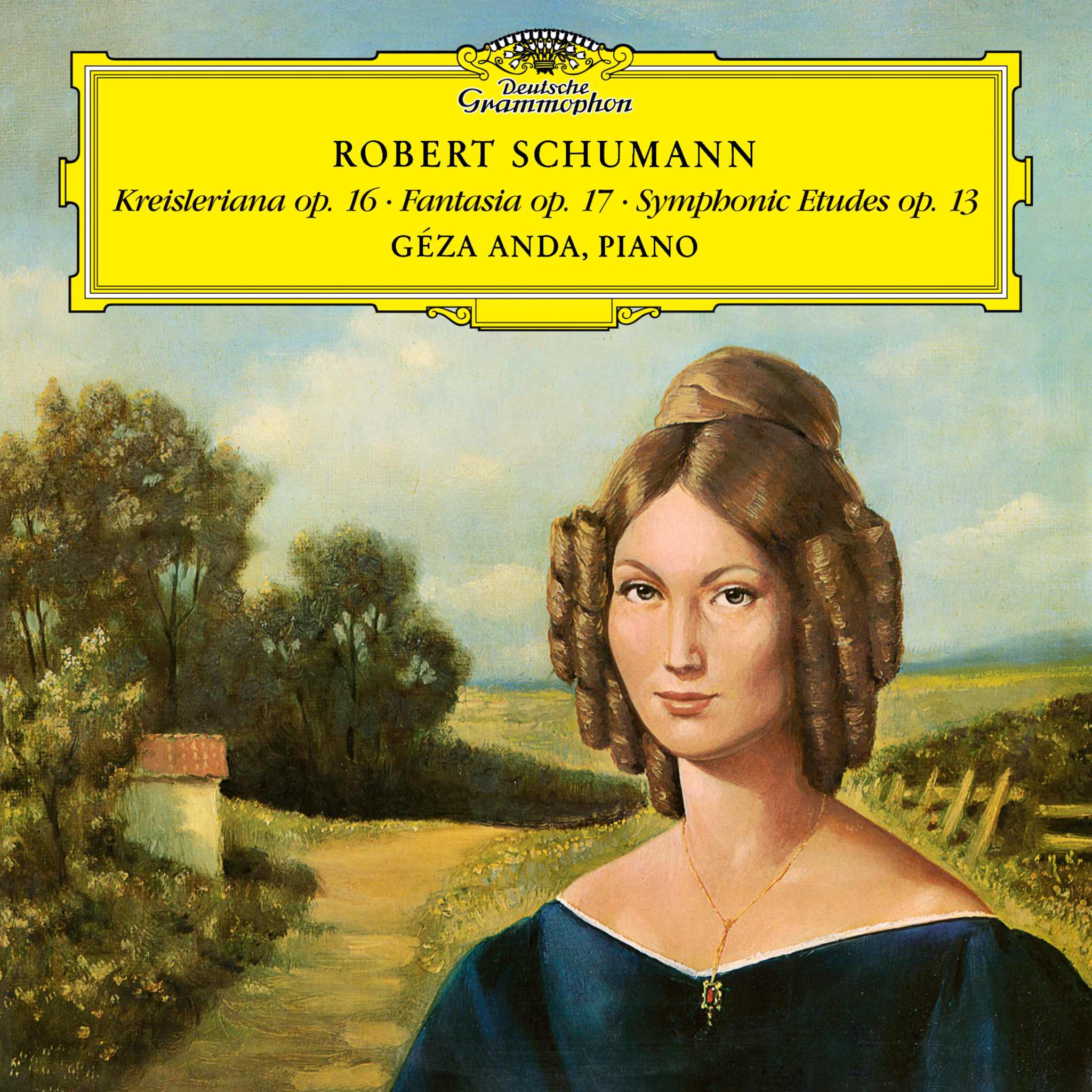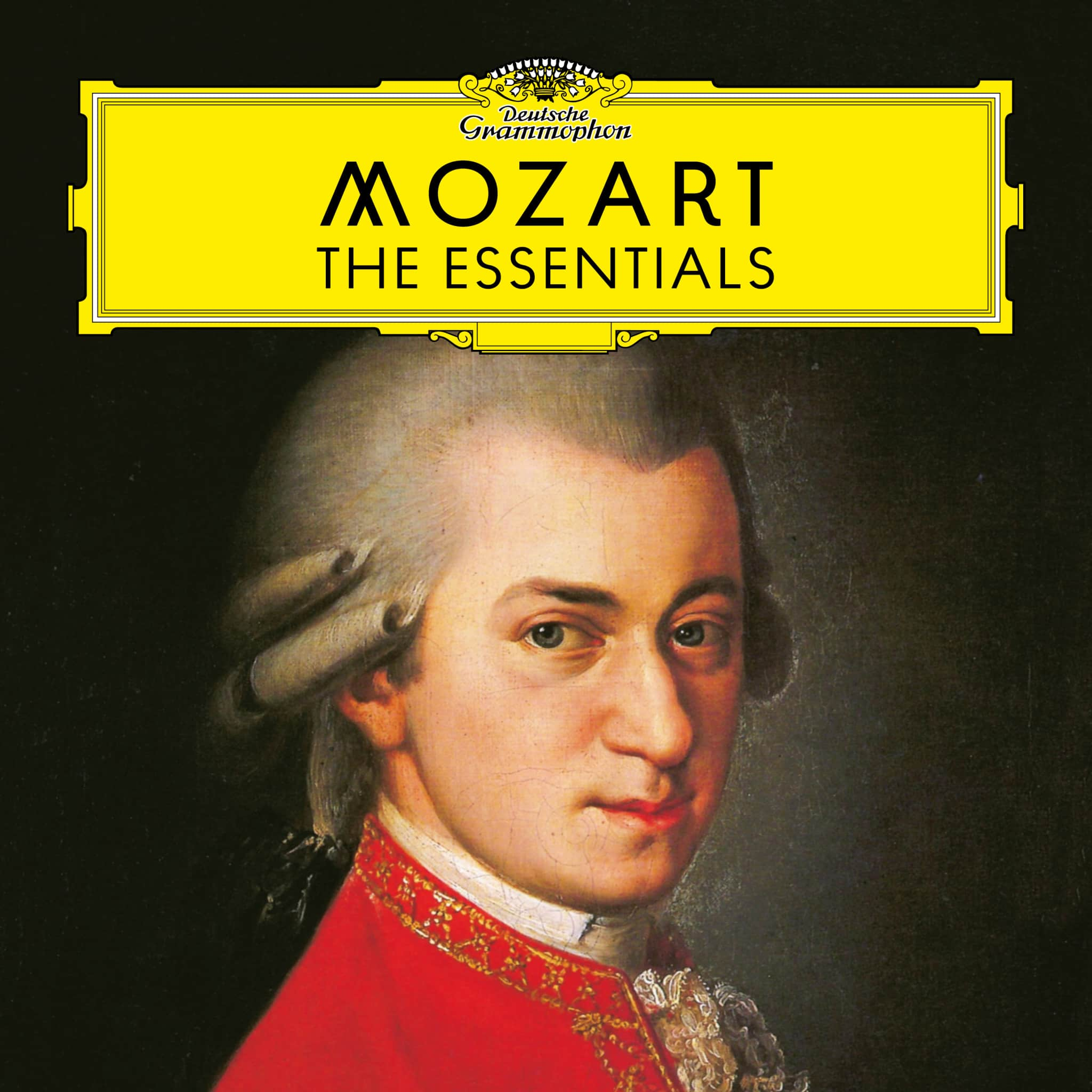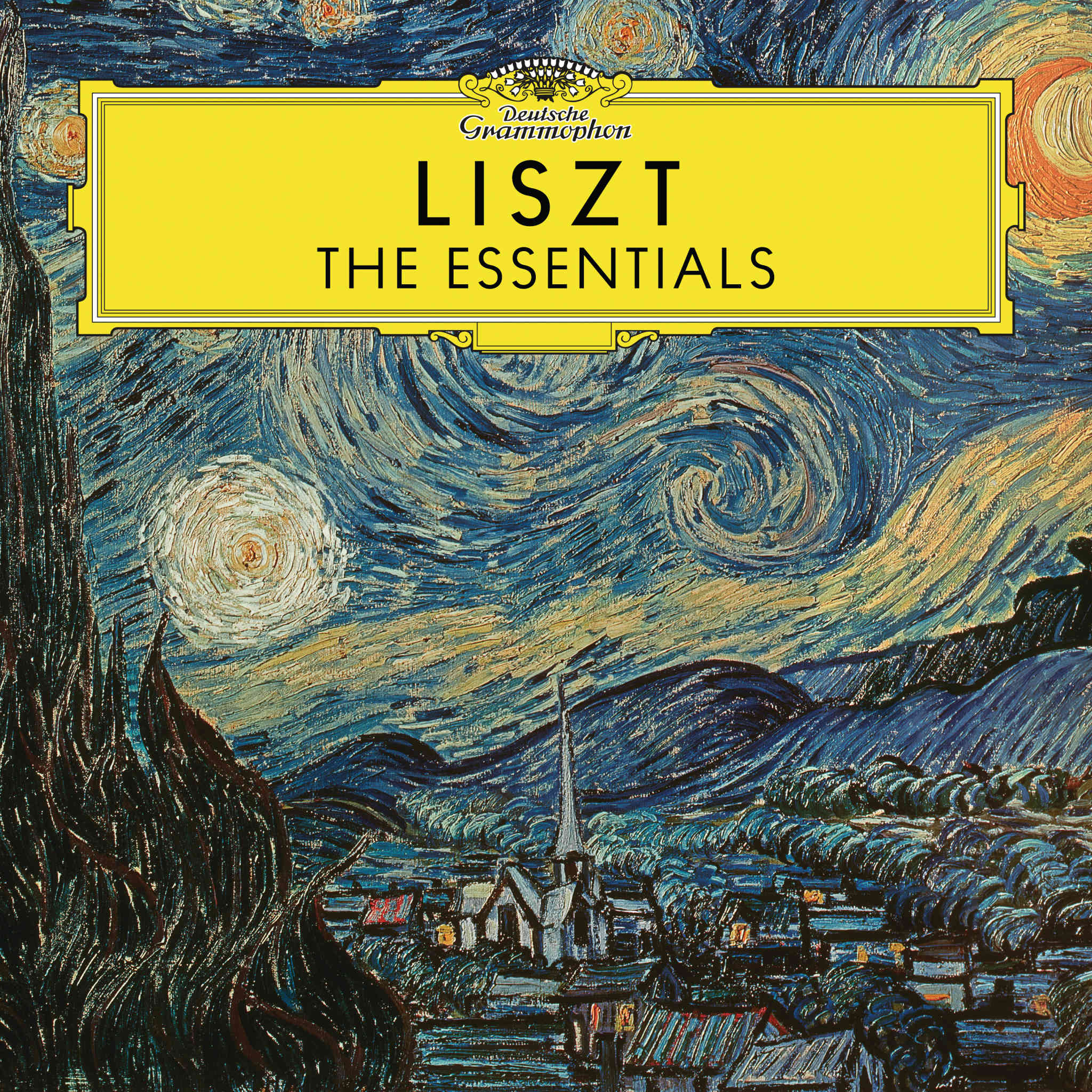Discover the Timeless Masterpieces of Géza Anda
Dive into the rich symphony of Géza Anda's world of music. Known for his impressive virtuosity, Anda's cultivated style of playing the piano has left a lasting impact in the classical music universe. Among his circle of influential Hungarian musicians are Zoltán Kodály, Béla Bartók, and Ferenc Fricsay, each contributing to Anda's growth as an artist.
Géza Anda, a Swiss-Hungarian pianist renowned for his refinement, virtuosity, and stylistic confidence, stands out as one of the 20th century’s most influential interpreters of classical and romantic piano repertoire. He is especially celebrated for his performances and recordings of Mozart’s piano concertos, as well as important works by Beethoven, Schumann, Chopin, Brahms, and Bartók.
Celebrating the Musical Excellence of Géza Anda
Gracing us with his masterful interpretations of musical pieces from the Classical and Romantic eras in particular, Anda's discography is a testament to his refined talents. From Tchaikovsky to Beethoven and more, explore Géza Anda's breathtaking performances that continue to inspire artists today.
Anda’s discography is rich and varied, featuring landmark recordings such as the complete cycle of Mozart’s piano concertos, often as both soloist and conductor with the Camerata Salzburg. His interpretations remain highly esteemed for their clarity, lyricism, and personal cadenzas where none existed.
Anda’s collaborations include esteemed orchestras and conductors such as the Berlin Philharmonic and Ferenc Fricsay, and he was a regular guest at the Salzburg Festival.
Artistic Profile and Legacy of Géza Anda
Anda’s artistry is characterized by a cultivated, unobtrusive virtuosity paired with deep musical insight. His technical flawlessness, enabling profoundly expressive interpretations, especially of Classical and Romantic works. A close relationship with Hungarian composers, notably Kodály and Bartók, and pianist Ernst von Dohnányi, under whom he studied.
He made his debut with Brahms’s Piano Concerto No. 2 under Willem Mengelberg, not just in Budapest in 1941; for his debut (in 1939), he performed Brahms’s Piano Concerto No. 2, conducted by Mengelberg. He gave up his post as soloist of the Berlin Philharmonic and fled to Switzerland in 1943. He gained Swiss citizenship in 1955. He taught master classes in Lucerne from 1960, succeeding Edwin Fischer, and in Zürich from 1969.



